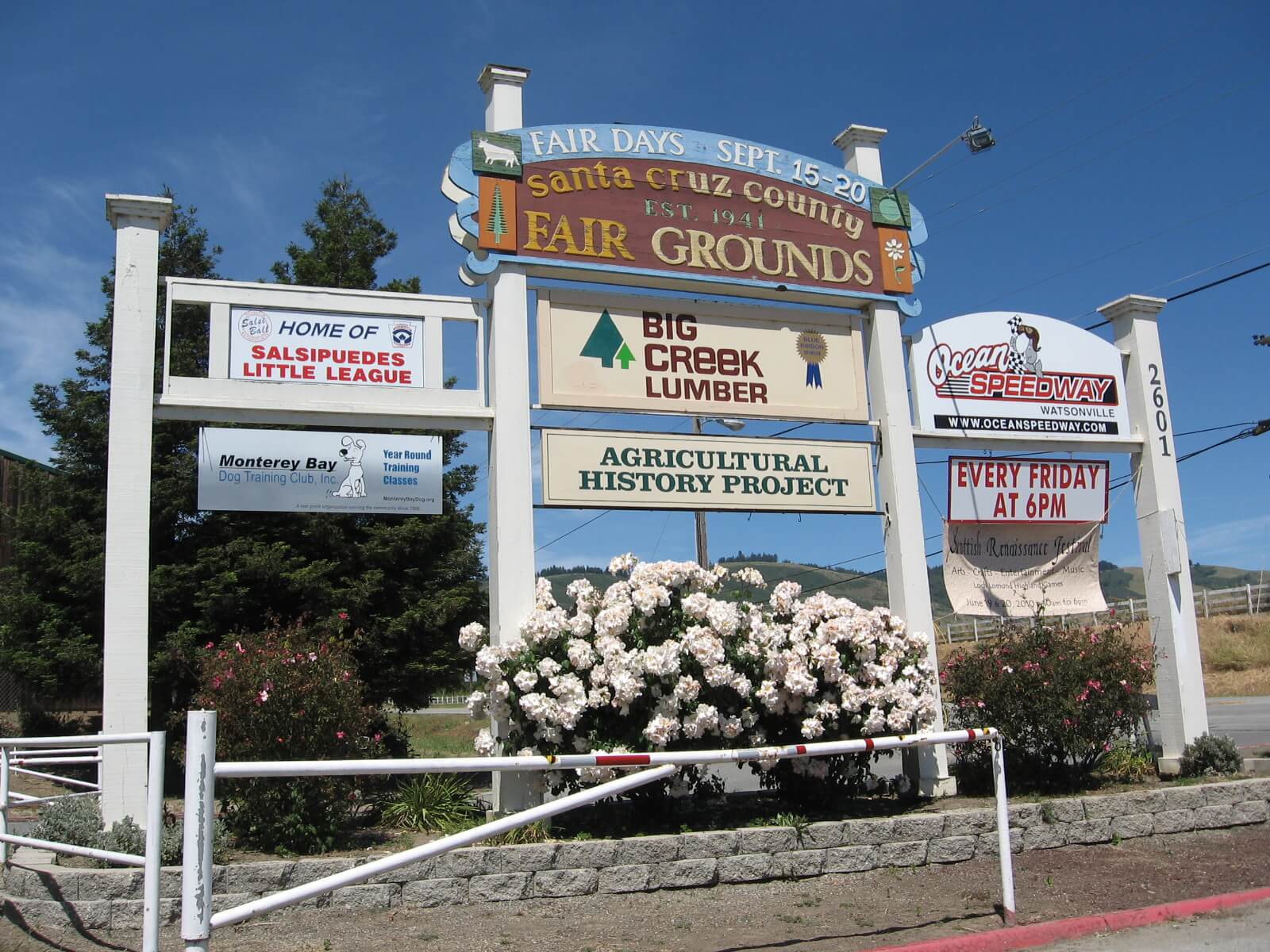What to Know About Explaining a Gap in Employment
If you focus on the positives of what you learned rather than shying away from the gap, it shows employers that you are honest and ready to dive back into your career.

If you focus on the positives of what you learned rather than shying away from the gap, it shows employers that you are honest and ready to dive back into your career.

When professionals feel connected to their employers — and committed to their careers — their interactions with other people are more consistently positive and constructive.

What is your leadership origin that made you the leader you are today? Which lens does your story lean into?

I don’t think I can solve the bicycle race “tack attacks” issue in this post, so let’s look at “tack attacks” in your workplace.

Technical professionals with excellent skills and attention to detail are often offered the opportunity to become managers.

We know feedback within a company is important. But how much do you know about building a feedback-rich culture? How can your company put practical, helpful measures in place to ensure feedback is delivered continually, and that it is well-received?

Despite the desire to avoid change, in a fast-paced world, there are constant influences outside your organization that can affect its direction.

Teammates get distracted constantly by the barrage of noise around them – and that means they do not pay as much attention to YOUR emails, conversations, texts, or smoke signals. So, if you want to get and keep their attention you NEED to take note of these 2 unexpected suggestions to improve your impact.

In the majority of the personal development material I’ve studied, the emphasis on clarity comes back again and again.

When people spend their courage reserves just getting past the bad stuff, there’s no energy left for the courage your business needs most—creative problem solving and micro-innovation.
Featured Locations































